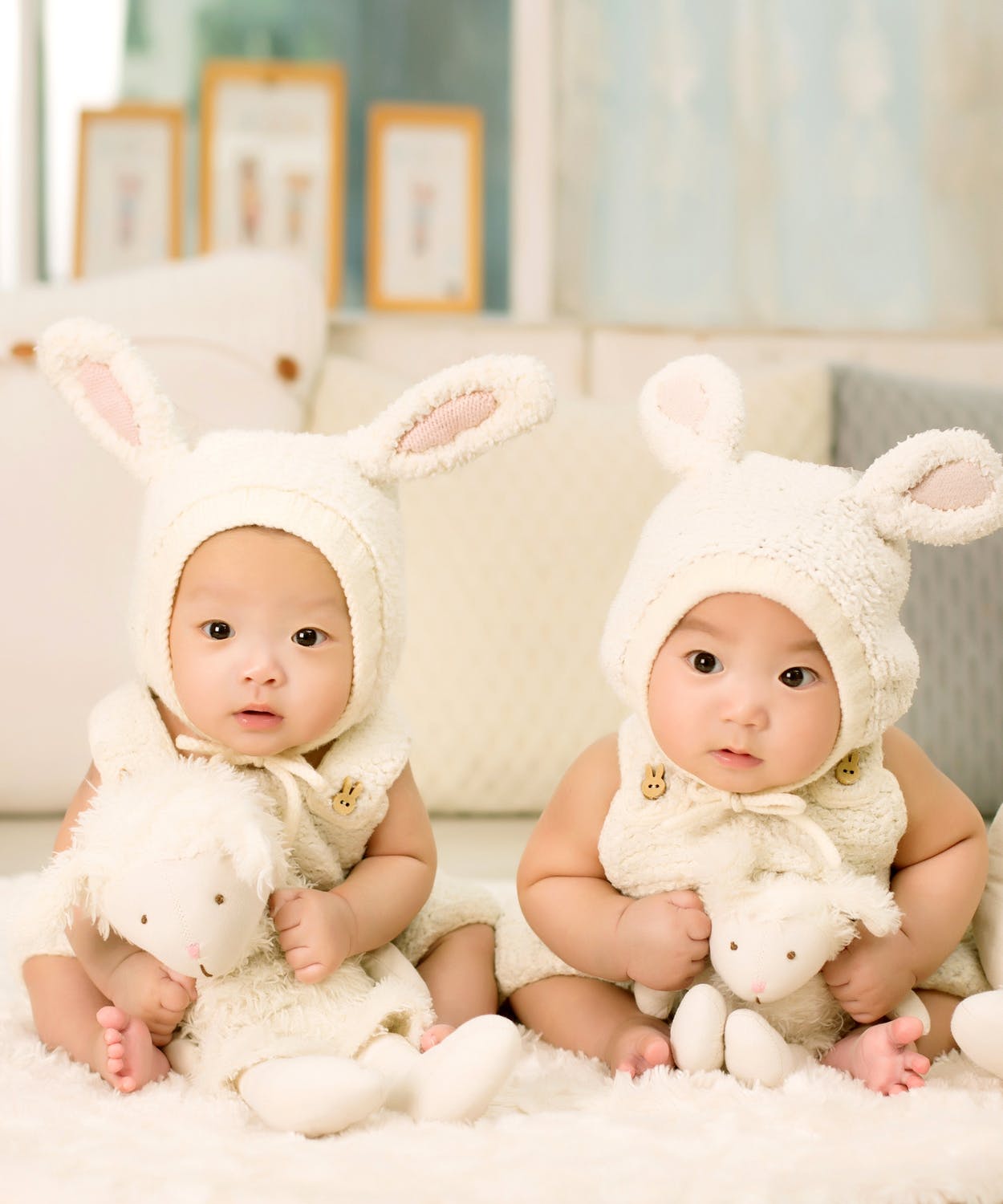Aggregated News

It was her last chance.
MaryJo Dunn had been trying to get pregnant through in-vitro fertilization for 20 months.
At age 45, she expected it to be challenging. But giving up wasn’t easy. She and her husband had lost their only child, a 17-month-old son, two years earlier to a rare type of cancer.
The Dunns were running out of time and money. They had already spent more than $70,000 on fertility treatments and taken out a loan. But the doctor recommended against implanting Ms. Dunn’s two remaining embryos, she recalls, because of the results of genetic tests on them. However, a counselor at the testing lab explained that the embryos weren’t technically abnormal. One was undetermined because the DNA in the sample was of poor quality. The other was a type known as “mosaic,” an embryo with both normal and abnormal cells.
“At that point I didn’t know that there was even a possibility of transferring mosaic embryos or that they could result in a healthy baby,” Ms. Dunn says. After discussion with her doctor, she decided to go...



